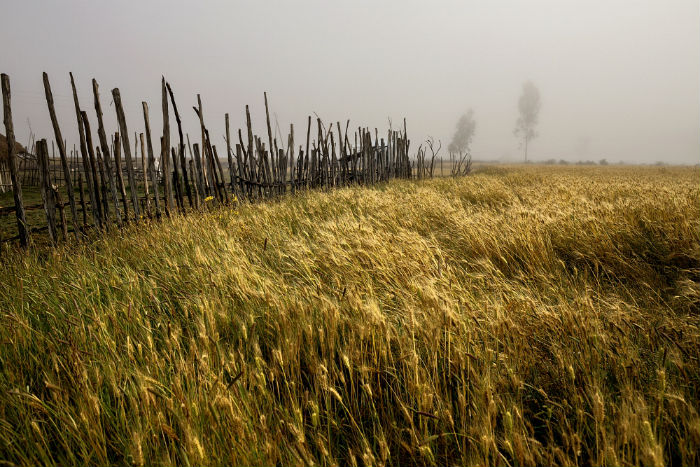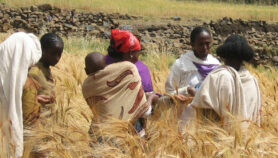By: Alex Abutu
Send to a friend
The details you provide on this page will not be used to send unsolicited email, and will not be sold to a 3rd party. See privacy policy.
[ABUJA, NIGERIA] If scientists, farmers and policy makers could consistently work together, Africa will achieve self-sufficiency in wheat production in the very near future.
That was one of the central themes at a meeting convened in Nigeria recently to discuss wheat matters, including presentations of various studies.
From the participants at the 4-day international wheat conference of the Support to Agricultural Research for Development of Strategic Crops (SARD-SC) Project held in Abuja, Nigeria, 27 February to 2 March, it was quite clear to me that wheat is becoming a major staple on the continent.
It is an important source for vitamins and minerals as well as carbohydrates, fiber, magnesium, vitamin B, folic acid, antioxidants and phytochemicals. These nutrients can help prevent many of the chronic diseases plaguing Africa, where the disease burden is great and overstretching the health infrastructures.
Growing the crop, I gathered from the meeting, has faced various challenges but in recent years, scientists working on the project including those at the International Institute for Tropical Agriculture have been able to breed wheat varieties that are adaptable various African agroecological conditions, early maturing, pest and disease resistant as well as heat tolerant and thus ensuring farmers produced about five tons per hectare against 1.2 tons previously.
In order to sustain the growing appetite for wheat products on the continent, various African governments, especially those in west, east, central and southern regions, started interventions aimed at scaling up the production of the crop.
In Nigeria, for instance, the government set up a task force on wheat and rice to ensure self-sufficiency, import substitution and allowing farmers to benefit from research on the crop.
Already, farmers in Nigeria have been able to upscale production leading to over 400,000 metric tons against 100,000mt previously.
Speaking at the conference Audu Ogbe, Nigeria minister of agriculture who was represented by Olumuyiwa Omsibawu Azez, acknowledged that the SARD-SC project had assisted Nigeria in building the capacity of scientists to breed wheat varieties that transformed the production of the crop in the country.
Dumisani Kutiwayo, the project leader in Zimbabwe says that scientists in Africa have demonstrated the capacity to ensure that the continent can be self-sufficient in wheat production in the shortest possible time.
This piece was produced by SciDev.Net’s Sub-Saharan Africa English desk.














